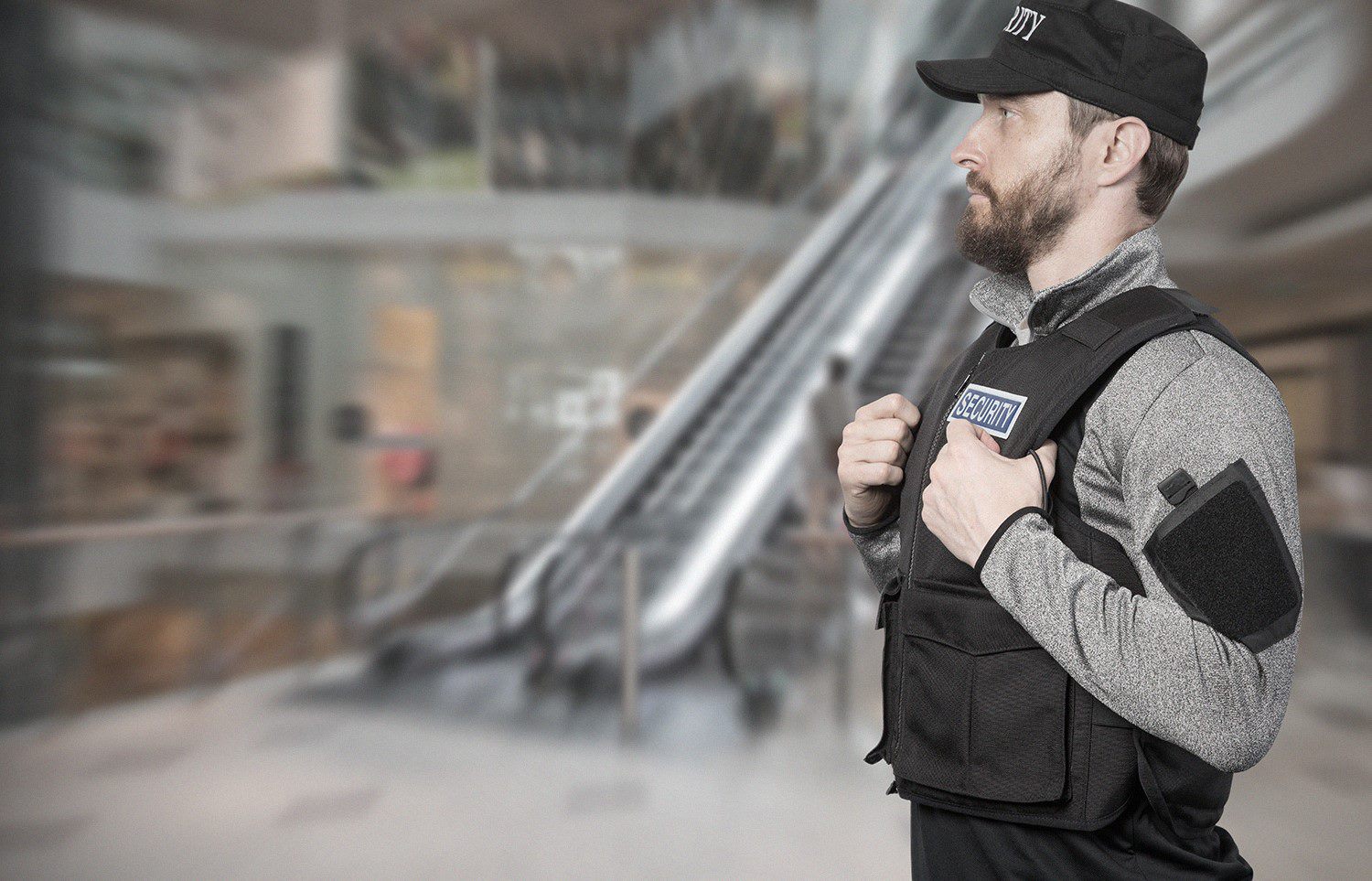Effectively Improving The Safety Of Prison Officers
To improve the personal safety of prison officers we simply must accept that we cannot change the aggressive behaviour of some prisoners or inmates. Further we must understand and remember, that a prisoner consuming illegal substances, or sharing some extremist views (cultural or religious) can become hostile and violent within a split second, irrespective of the prison or correctional officers outstanding communication skill, calm personality and willingness to sympathise with the prisoner.
It is unquestionable that an officer in such institution can and will often be the bearer of bad news. He might be required to instruct the prisoner to do certain things or inform him/her of any disciplinary, restriction of privileges, or other distressing news, all of which can of course create all sorts of physical reactions.
We also need to remind ourselves that prisoners have a lot of time on hand to develop vicious weapon in order to carry out extreme acts of violence. Any officer who served a reasonable number of years in such facilities will be able to verify the brutality some of these weapons represent. Sharpened table and bed frame legs, shanks made from plastic, broken porcelain or mirrors, the idea of melting razor blades into toothbrushes and turning pens, pencils and nails into ‘spike weapon’ all based on a desire to cause maximum damage and pain.
In many cases these instruments of violence are the result of hours and sometimes days, weeks and months of hard work and malicious thought processes, and even the very best prison or correctional officer can one day be on the receiving end of such thought process. In many instances the safety of prison officers can be compromised within a very few seconds.
Safety of Prison Officers: Facts & Figures
- Based on information released by the US National Library of Medicine National Institutes of Health in December 2013 there are approximately half a million correctional officers in the U.S. responsible for supervising more than two million inmates, and in 2011 correctional officers experienced 254 work-related injuries per 10,000 due to assaults and violent acts.
- According to the 2013 Correctional Officer Wellness and Safety Literature Review, correctional officers are involved in the highest amount of non-fatal violent encounters than any other occupation.
- A study by the National Institute of Justice in 2007, discovered there are approximately 2,000 correctional staff member injuries annually due to violence against officers by inmates.
- A further study in the U.S. concluded that for every 10,000 full-time Corrections Officers, there were 254 workplace assaults and violent injuries reported in 2011 that’s 36 times the rate for all American workers.
Based on a realistic level of operational risk their frontline staff is exposed to on a daily basis, Prison and Correctional Services from around the world have recently turned to PPSS Group to investigate the benefits of certified, field tested and operationally sound slash resistant clothing, protecting their officers’ key arteries and blood vessels from laceration, rapid blood loss, subsequent shock and potential fatalities.
SLASHPRO® SLASH RESISTANT CLOTHING - PRODUCT VIDEO:
- Neck and Throat - This area contains the carotid artery and jugular vein. If either is cut the victim will bleed to death rapidly. A horizontal cut across the neck will also cut the trachea and ligaments that control movement of the head. SlashPRO® slash resistant neck guards, balaclavas or high-neck, upper body garments will make such injuries extremely unlikely.
- Arms - A deep enough slash to the inside of the forearm between the radius and ulna bones will sever the radial artery. Severing the radial artery can result in unconsciousness in 30 seconds and death in as little as two minutes. The brachial artery is deep, but severing it will result in unconsciousness in as little as 15 seconds and death in as little as 90 seconds. Tendons pass through our wrist and are attached to our fingers. If an attacker were to cut those tendons or muscles that power them, the officer’s hands will no longer be able to close or to hold anything.
- Legs - Besides the femoral artery, there is an extremely vulnerable area just above the knee, as the muscles in the legs narrow and connect to the patellar tendon. As a large surface area, an attacker who is close would be close enough to reach the quadriceps, making the victim unable to defend him or herself. SlashPRO® slash resistant “long johns” are designed to protect the entire leg from lacerations, keeping the wearer mobile.

Slashing has become a regular occupational hazard for prison and correctional officers. The key function of slash-resistant clothing is to effectively reduce the risk of lacerations and protect key arteries. In some cases, attacks may be perpetrated by highly ‘skilled’ or trained individuals, who purposefully attack a vulnerable area to incapacitate an officer; others may accidentally slash limbs in a frenzied attack. The objective is that slash-resistant clothing prevents such injury and keeps the wearer of protective clothing fully operational, unharmed—and most importantly alive. In simple terms... we want to help improve the personal safety of prison officers.
Please take the time and read my rather informative article, titled “The Danger of Slashing - Human Anatomy”.
- Online Shop: www.slash-pro.com
- For corporate/government enquiries email: info@slash-pro.com
Social Media
Like or follows us and share our news with your world:
Please view our 'media coverage' page to appreciate the international interest this great product is attracting.
Please also follow our CEO’s blog specific and general about the industrial (flat glass and sheet metal) cut resistant clothing market.



